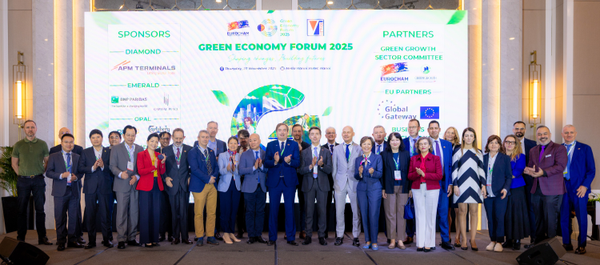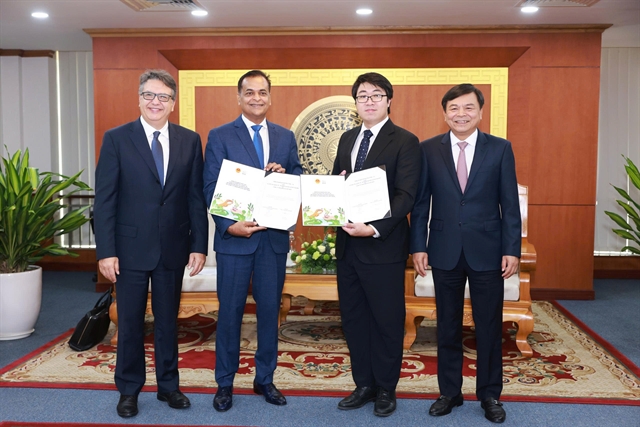 Life & Style
Life & Style

Visitors to the northern mountainous region of Hà Giang will immediately notice the little yellow mud houses built by local Mông ethnicity people along the road.
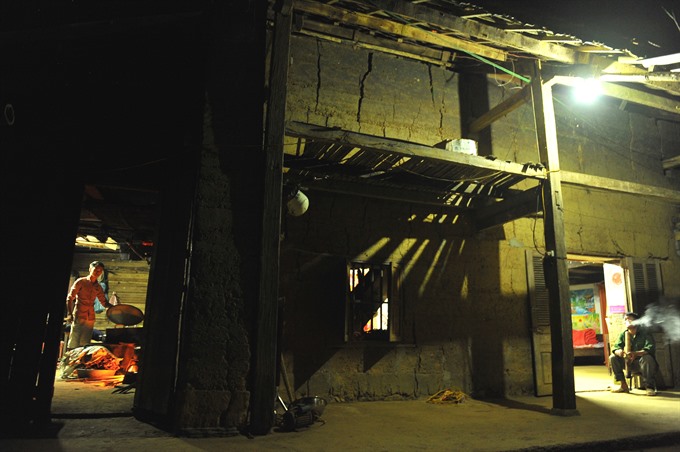 |
| Cosy: A typical mud house design with the fireplace placed to the left. |
Visitors to the northern mountainous region of Hà Giang will immediately notice the little yellow mud houses built by local Mông ethnicity people along the road.
The Mông people build their houses by hand on a stone foundation using only the earth found in the area. To begin, builders choose a special type of earth, which they clean to get rid of tree branches and small rocks.
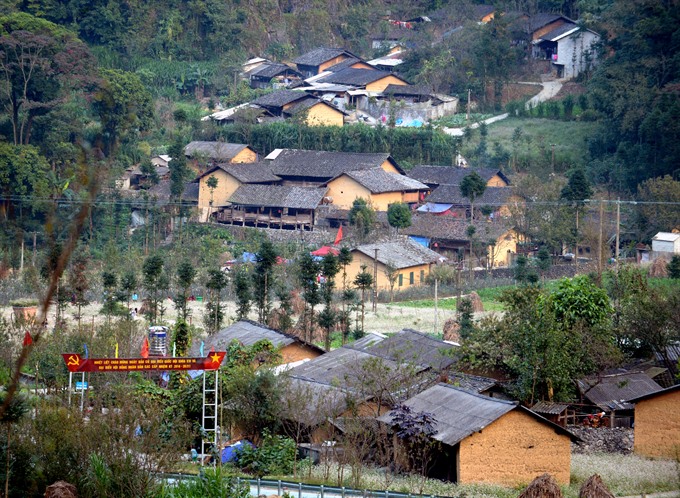 |
| Charming: A Mông town with mud houses surrounded by rocky fences during spring time. — VNA/VNS Photos Minh Đức |
The earth is then poured into large wooden moulds and compressed to make walls of earth that give form to the structure.
The design of the Mông mud houses rarely varies with each divided into three sections: a central one to worship ancestors and greet guests, the master bedroom and a fireplace in the left wing and a guest room in the right wing.
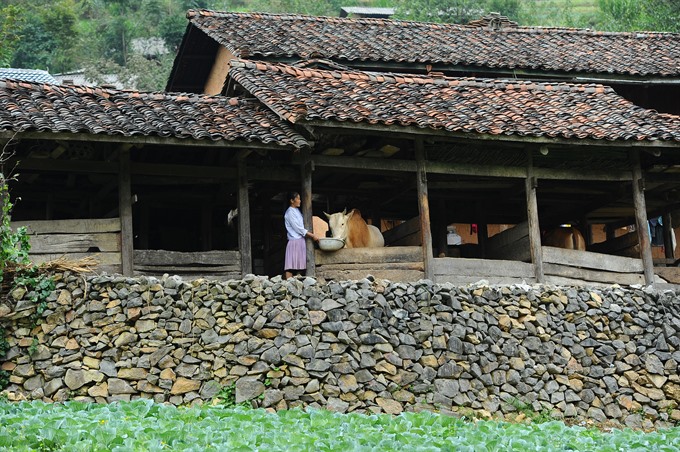 |
| Meticulous: It takes months to gather enough small rocks to build the fences that surround a Mông mud house. |
The house must have at least two windows and a main door made of wood that never opens outward. A red cloth is also hung on top of the doors, a tradition Mông people believe will ward off evil spirits.
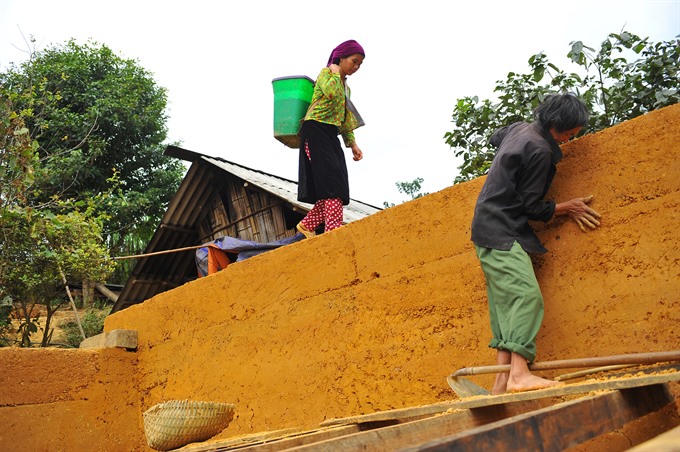
|
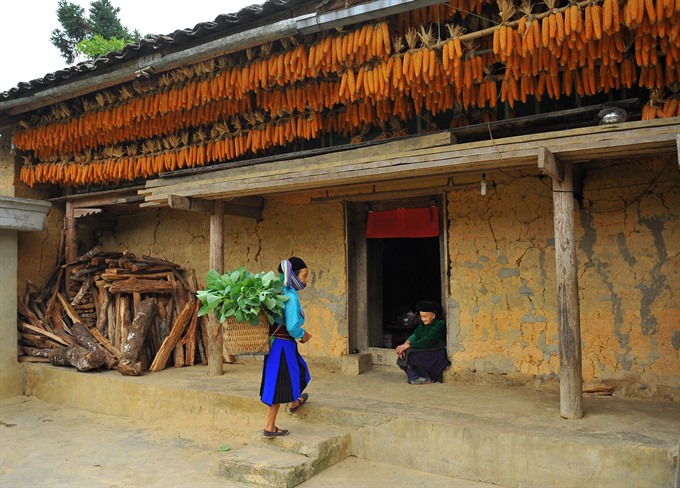 |
| Superstition: A red cloth is hang above the door to ward off evil spirits. |
Inside the fences, additional spaces may also be constructed including food storage and animal shelters.
In spring time, the sight of the Mông houses with their thatched roofs and rocky fences mixed with cherry blossom has long been a beautiful spectacle for visitors to the region. — VNS

